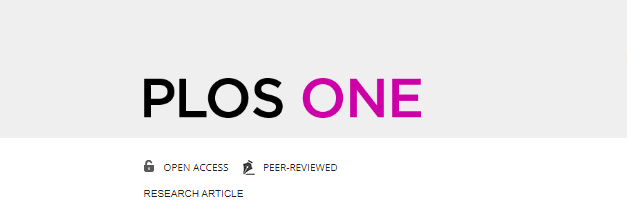Abstract
Background
Health systems need to prioritize their services, ensuring efficiency and equitable health provision allocation and access. Alongside, health technology assessment (HTA) seeks to systematically evaluate various aspects of health technologies to be used by policy- and decision-makers. In the present study, we aim to identify strengths, weaknesses, opportunities, and threats in developing an HTA in Iran.
Method
This qualitative study was conducted using 45 semi-structured interviews from September 2020 to March 2021. Participants were selected from key individuals involved in health and other health-related sectors. Based on the objectives of the study, we used purposive sampling (snowball sampling) to select individuals. The range of length of the interviews was between 45 to 75 minutes. Four authors of the present study carefully reviewed the transcripts of interviews. Meanwhile, the data were coded on the four domains of strengths, weaknesses, opportunities, and threats (SWOT). Transcribed interviews were then entered into the software and analyzed. Data management was performed using MAXQDA software, and also analyzed using directed content analysis.
Results
Participants identified eleven strengths for HTA in Iran, namely the establishment of an administrative unit for HTA within the Ministry of Health and Medical Education (MOHME); university-level courses and degrees for HTA; adapted approach of HTA models to the Iranian context; HTA is mentioned as a priority on the agenda in upstream documents and government strategic plans. On the other hand, sixteen weaknesses in developing HTA in Iran were identified: unavailability of a well-defined organizational position for using HTA graduates; HTA advantages and its basic concept are unfamiliar to many managers and decision-makers; weak inter-sectoral collaboration in HTA-related research and key stakeholders; and, failure to use HTA in primary health care. Also, participants identified opportunities for HTA development in Iran: support from the political side for reducing national health expenditures; commitment and planning to achieve universal health coverage (on behalf of the government and parliament); improved communication among all stakeholders engaged in the health system; decentralization and regionalization of decisions; and capacity building to use HTA in organizations outside the MOHME. High inflation and bad economic situation; poor transparency in decisions; lack of support from insurance companies; lack of sufficient data to conduct HTA research; rapid change of managers in the health system; and economic sanctions against Iran are threats to the developmental path of HTA in Iran.



No responses yet